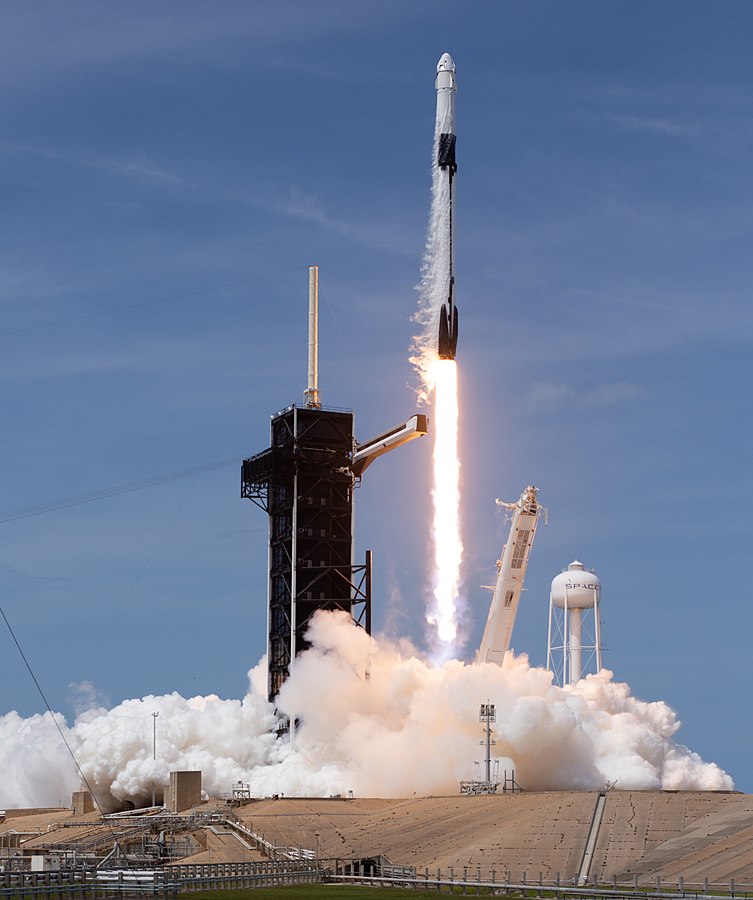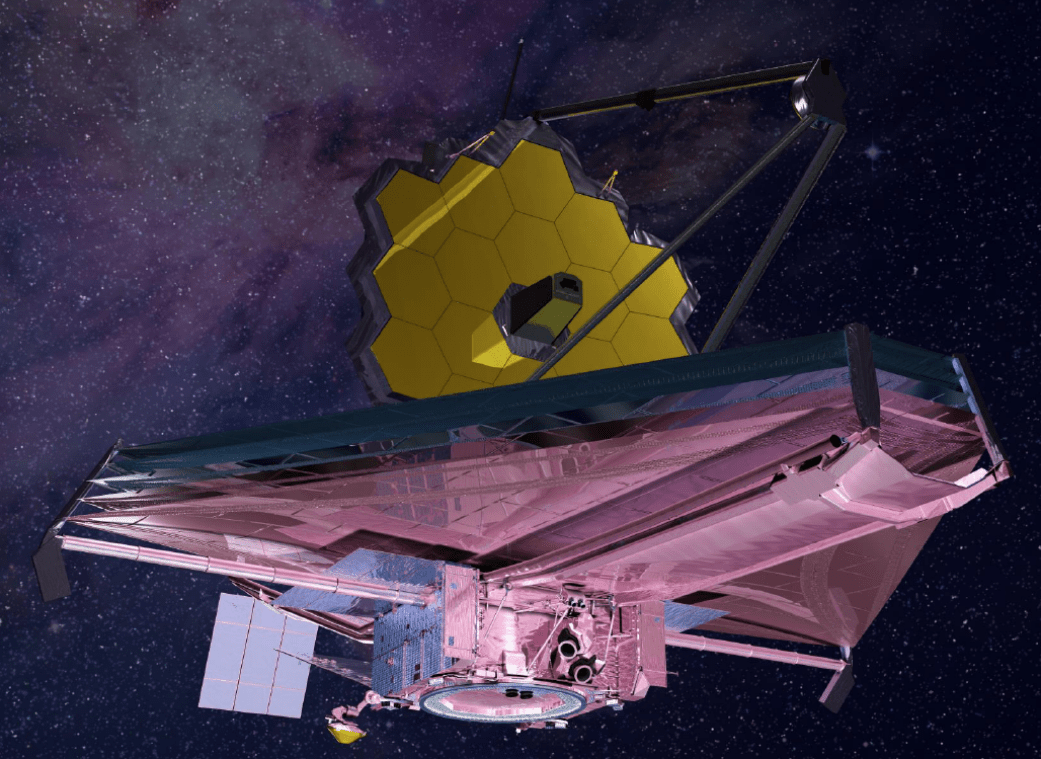There are few things in this world that brings feelings of awe and wonder more than a rocket launch. Watching a literal tower of steel slowly lift off from the ground with unspeakable power reminds us of what humanity can achieve despite our flaws, disagreements, and differences, and for the briefest of moments these magnificent spectacles are capable of bringing us all together regardless of race, creed, and religion.
Continue reading “More Rocket Launches Could Damage the Ozone Layer”JWST Is On Its Way!

It’s really happening. After all the years of delays, reschedulings, budget shortfalls, and even more delays, the James Webb Space Telescope (JWST) launched on December 25 and is now successfully on its way to is destination at the second LaGrange point (L2), about 1.5 million km (1 million miles) from Earth.
If you celebrate Christmas and are astronomically inclined, the launch feels like a true Christmas miracle.
The footage of JWST’s separation from the Ariane 5 rocket, as seen from a camera on the rocket’s second stage is just absolutely stunning.
Continue reading “JWST Is On Its Way!”Webb Telescope Officially Cleared for Launch on December 25
UPDATE: Shortly after publication of this article, Arianespace announced the launch for JWST has been delayed until December 25:
“Due to adverse weather conditions at Europe’s Spaceport in French Guiana, the flight #VA256 to launch the James Webb Space Telescope –initially scheduled for December 24– is being postponed,” Arianespace said via Twitter. “Tomorrow evening, local time, another weather forecast will be issued in order to confirm the date of December 25. The #Ariane5 launch vehicle and Webb are in stable and safe conditions in the Final Assembly Building.”
Earlier today, NASA and ESA announced that the James Webb Space Telescope has cleared one of the final hurdles before launch. The telescope passed the final launch readiness review, meaning that all the hardware and software for the spacecraft and the Ariane 5 rocket are ready for flight. This officially greenlights the liftoff.
Continue reading “Webb Telescope Officially Cleared for Launch on December 25”Pencil December 18th (tentatively) into your calendar. That’s when James Webb probably launches

You may have heard this one before, but encouraging news comes from NASA, ESA, and Arianespace today: they are now targeting December 18, 2021 as the new launch date for the oft-delayed James Webb Space Telescope (JWST).
Continue reading “Pencil December 18th (tentatively) into your calendar. That’s when James Webb probably launches”Chinese Asteroid Mining Robot Due to Launch in November

Does it seem like science is catching up with science fiction? Sometimes it does. Especially when there’s an announcement like this one.
A Chinese company says that they’ll be launching an asteroid-mining robot by November.
Continue reading “Chinese Asteroid Mining Robot Due to Launch in November”Perseverance Rover Rumbles Off the Launchpad to Mars
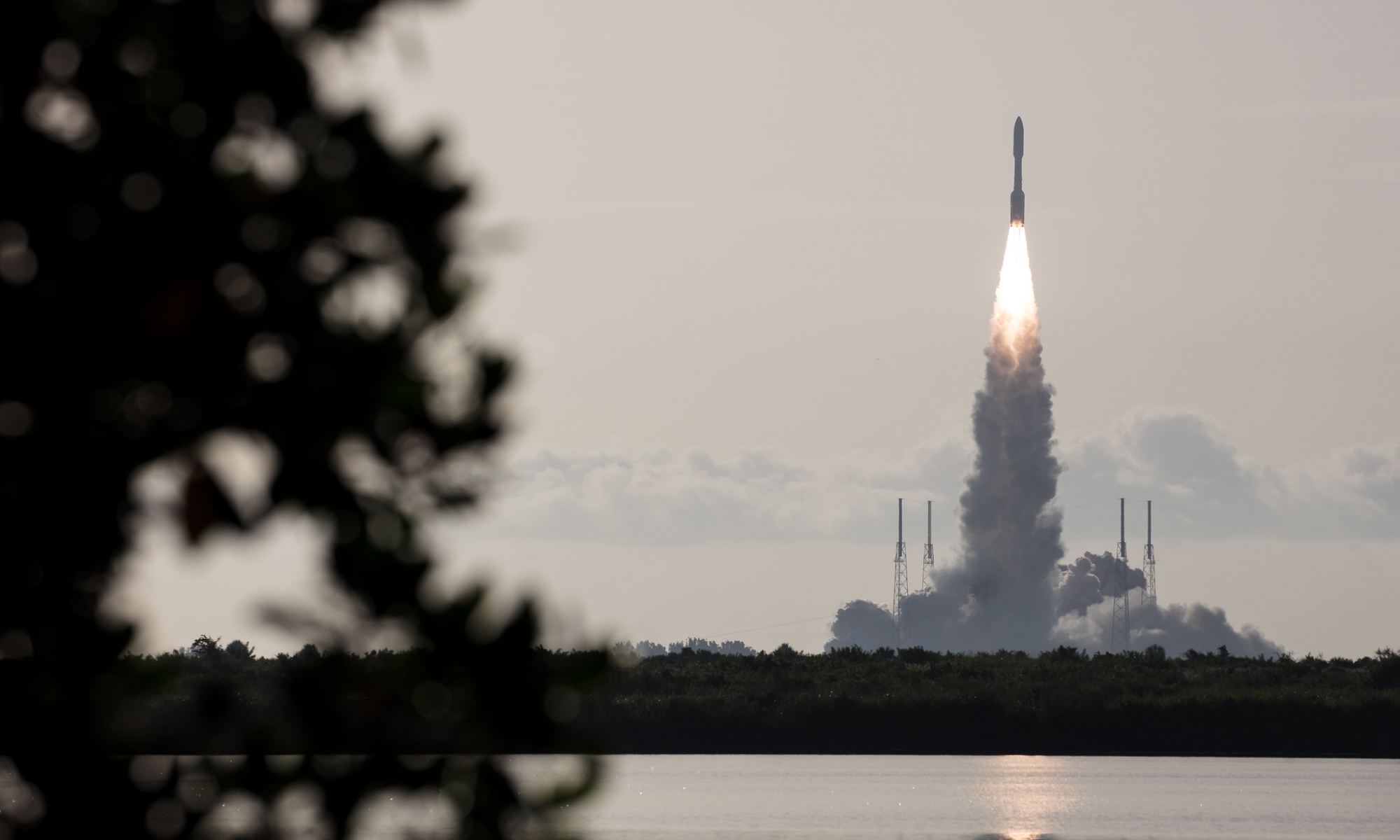
NASA’s Mars 2020 Perseverance rover is now successfully on its journey to Mars, launching from Space Launch Complex 41 at Cape Canaveral Air Force Station at 7:50 am EDT (1150 GMT). Just minutes before the Atlas 5 rocket rumbled off the launchpad, a 2.9 magnitude earthquake rumbled out in California, giving a minor shake to the Jet Propulsion Laboratory in Pasadena, the Control Center for the rover.
Continue reading “Perseverance Rover Rumbles Off the Launchpad to Mars”James Webb is Fully Stowed Into its Launch Configuration
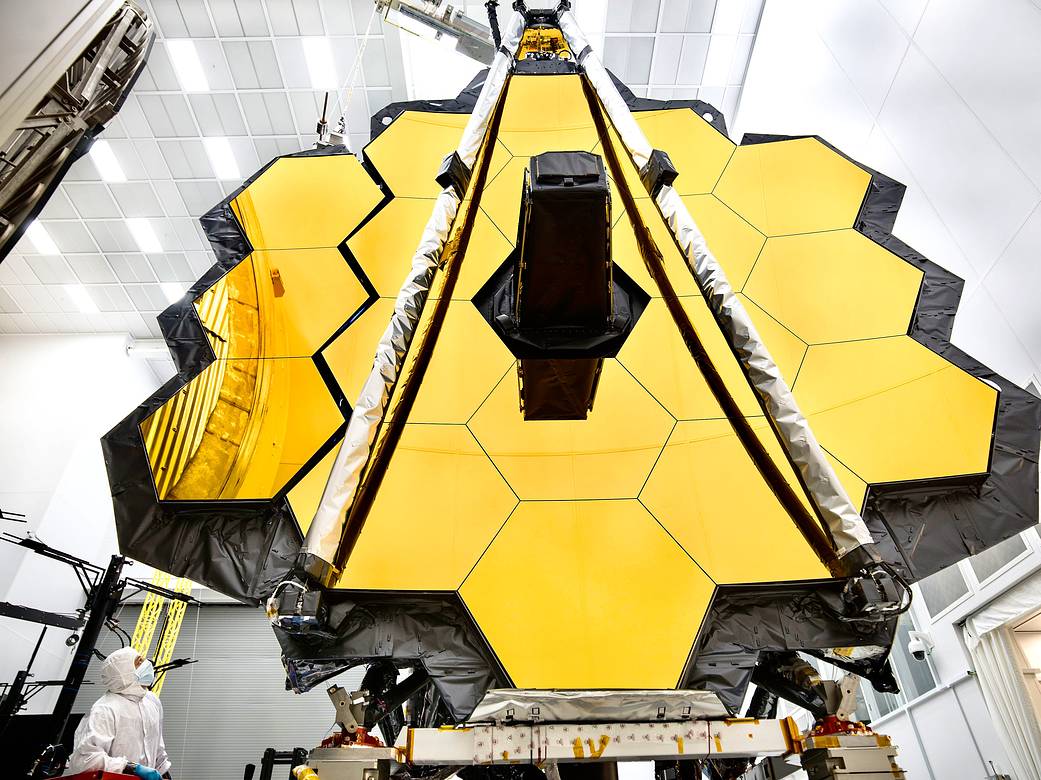
We’re inching closer and closer to the James Webb Space Telescope’s (JWST) launch date of March 30th, 2021, (or maybe July 2021.) We never thought we’d get this close, with only a year to go before we send this powerful space telescope on its way. Now the telescope has been put in its launch configuration.
Continue reading “James Webb is Fully Stowed Into its Launch Configuration”Bullseye: Amazing SpaceX Images Highlight Perfect Falcon 9 Landing

SpaceX was able to celebrate a successful return to flight this week with a picture-perfect launch of the Falcon 9 rocket on January 14, 2017 that successfully delivered a fleet of ten advanced Iridium NEXT mobile voice and data relay satellites to orbit. But the icing on the cake was the dead-center landing and recovery of the Falcon 9 booster on their drone barge (named “Just Read The Instructions”) in the Pacific Ocean, off the west coast of California.
SpaceX released some images from the landing that are absolutely stunning, like this one, below:

The Falcon 9 launched from Space Launch Complex 4E on Vandenberg Air Force Base in California, and the main goal of the mission was to deploy the payload of the first ten Iridium Next communication satellites to low Earth orbit. Iridium plans to eventually have a fleet of 81 such satellites.
It was the first launch for the commercial company since the September 1, 2016 explosion on the launchpad at Cape Canaveral Air Force Station in Florida during a routine launchpad test. The explosion destroyed the Falcon 9 rocket and the payload of the Amos-6 communications satellite, which had an estimated value of $200 million. The explosion was traced back to a failure of a high-pressure helium vessel inside the Falcon 9’s second-stage liquid-oxygen tank.
Enjoy more images and video from the landing below:
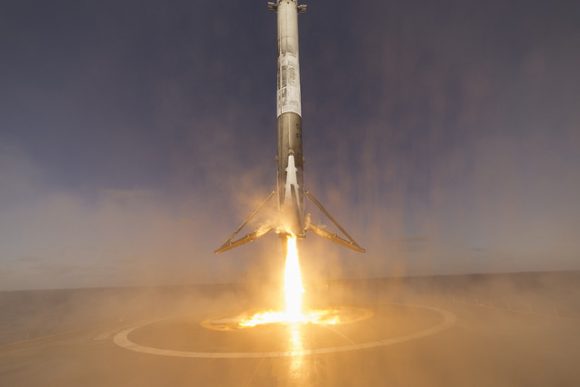
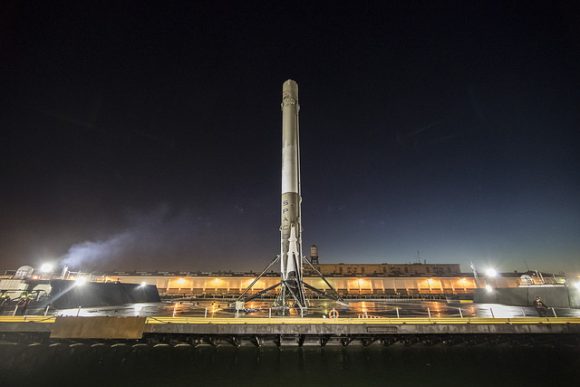
Here’s the full webcast of both the launch and landing:
You can see all of SpaceX’s latest images on their Flickr stream.
NASA’s Favorite Photos of 2016

There are a group of unsung heroes at NASA, the people who travel the world to capture key events in our exploration of space. They share their images with all of us, but most of the time, it’s not just the pictures of launches, landings, and crucial mission events that they capture. They also show us behind-the-scenes events that otherwise might go unnoticed, and they also capture the true personalities of the people behind the missions and events.
From exciting beginnings of rocket launches and rocket tests to the sad losses of space exploration icons, these photographers are there take these images that will forever remind us of the glories and perils of spaceflight and the joys and sadness of human life.
NASA photographers Bill Ingalls, Aubrey Gemignani, Joel Kowsky, Connie Moore, and Gwen Pitman chose some of their favorites images from 2016, and below are just a few. As Ingalls told us, “These are the favorite images created by our HQ photo team, not from the entire agency. There are many more talented photographers at the NASA centers producing some amazing work as well.”









Click on each of the images to see larger versions on Flickr. You can see the entire selection of these favorite photos from 2016 on the NASA HQ Flickr page.
China Just Launched Its Largest Rocket Ever
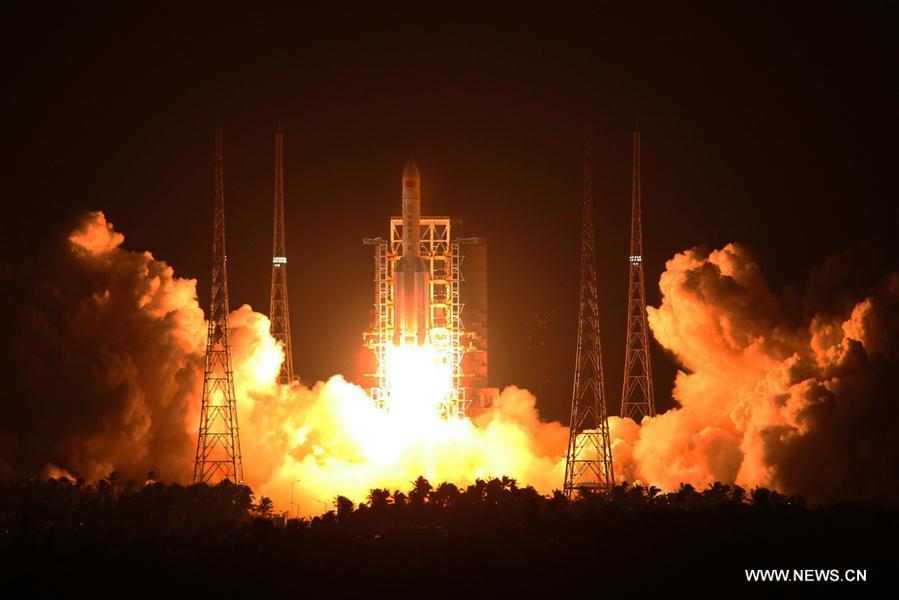
China’s newest and biggest heavy-lift rocket was successfully launched today, Nov 3, 2016, testing out China’s latest rocket along with bringing an experimental satellite designed to test electric-propulsion technology.
The Long March 5 rocket blasted off from the Wenchang launch center on Hainan Island, off China’s southern coast, at 8:43 a.m. EDT (12:43:14 UTC; 8:43 p.m. Beijing time).
Although Chinese space officials have not released many details about the mission or the new rocket, reportedly the Long March-5, (or the Chang Zheng-5, CZ-5) gives China a launch vehicle with similar launch capability to the Delta 4 Heavy or ESA’s Ariane 5, which is twice the capability of China’s Long March-3 (CZ-3).
The 187-foot-tall (57-meter) Long March-5 is powered by 10 liquid-fueled engines, which reportedly generate about 2.4 million pounds of thrust.
The increase in capability is seen as essential for China’s long-range space goals for a bigger and permanently-staffed space station, missions to the Moon, a robotic mission to Mars and the launch of commercial satellites.
The @ChinaSpaceflight Twitter account tweeted this image the launch control center when the YZ-2 upper stage fired:
— ChinaSpaceflight (@cnspaceflight) November 3, 2016
The Long March-5 is a large, two-stage rocket with a payload capacity of 25 tons to low-Earth orbit. According to the China Aerospace Science and Technology Corporation (CASC), the developer of the Long March-5, the rocket uses kerosene, liquid oxygen and liquid hydrogen, moving away from more toxic propellants like hydrazine and nitrogen tetroxide. This makes the new rocket not only less expensive to launch but more environmental friendly.
Today’s launch is the second from the new Wenchang launch complex. This past summer, on June 25, China’s new medium-sized Long March-7 made its initial launch from the site.
Source: Xinhuanet

